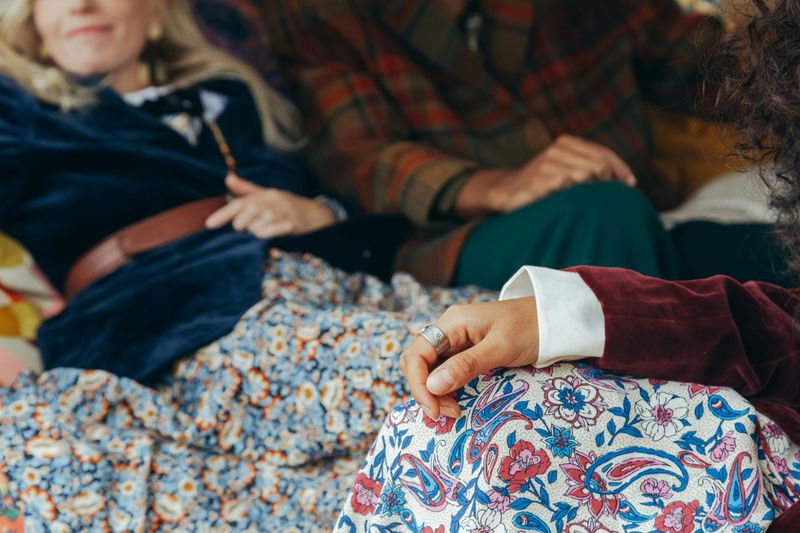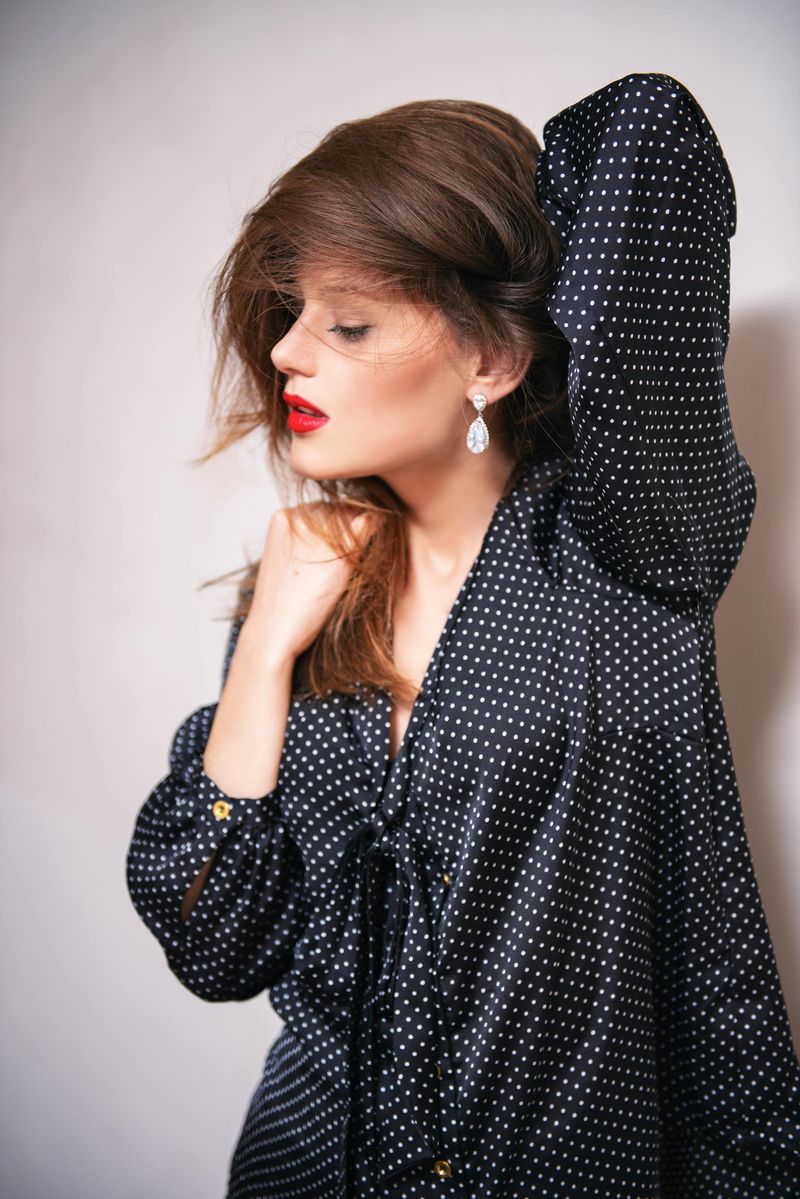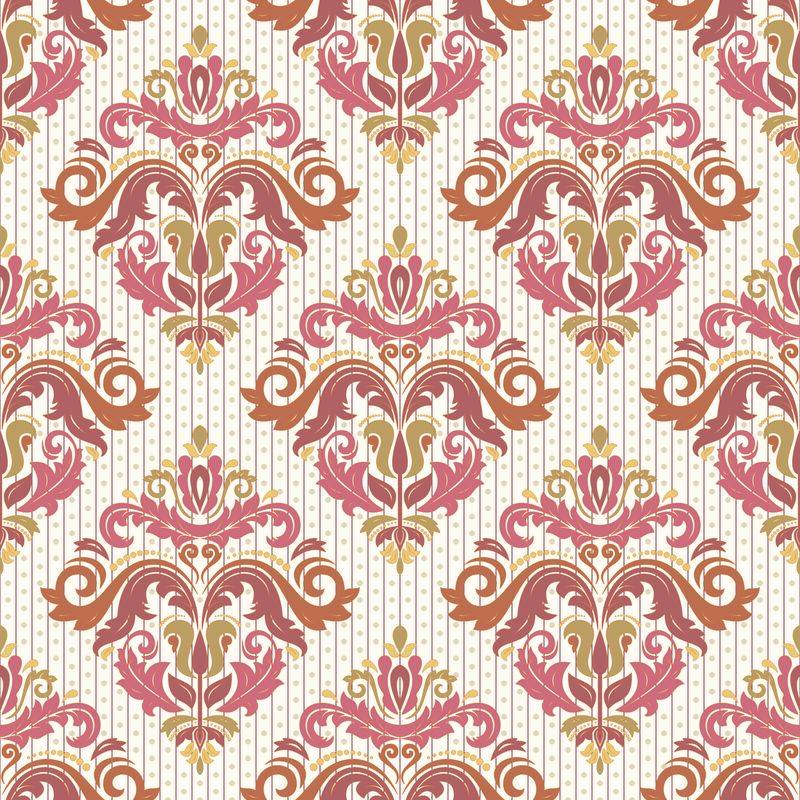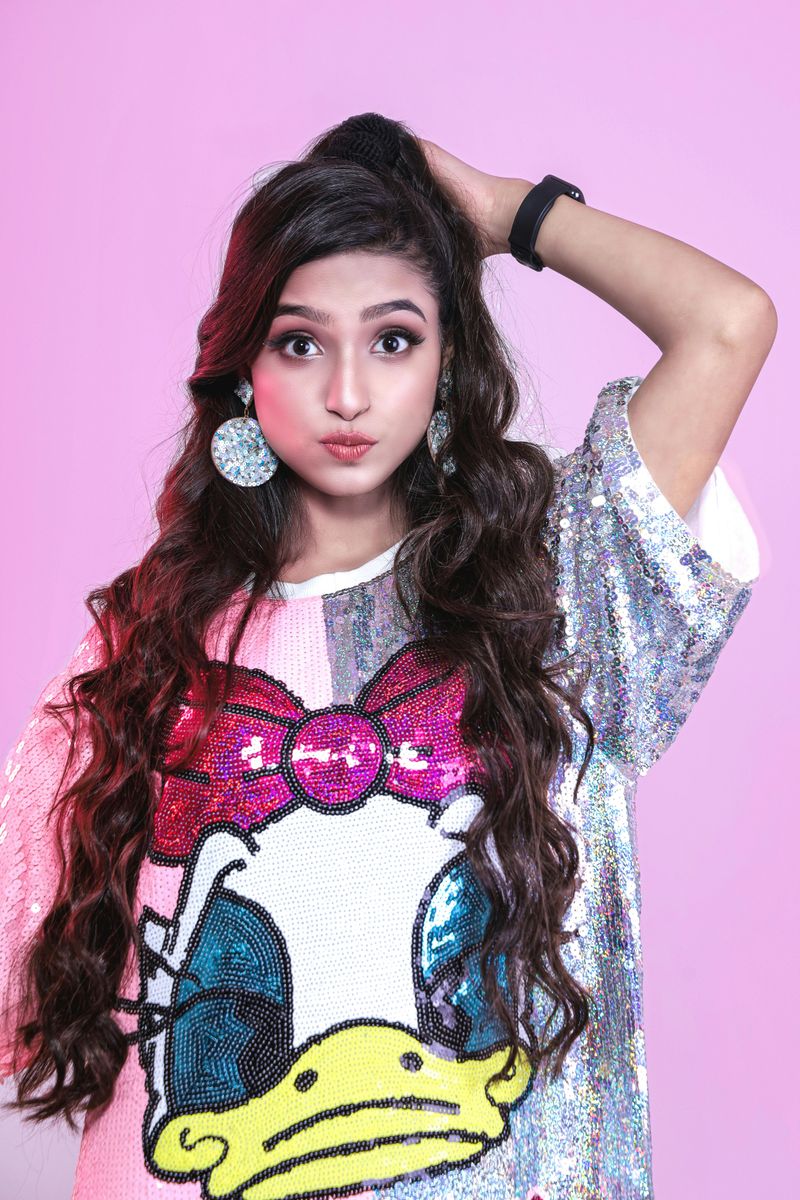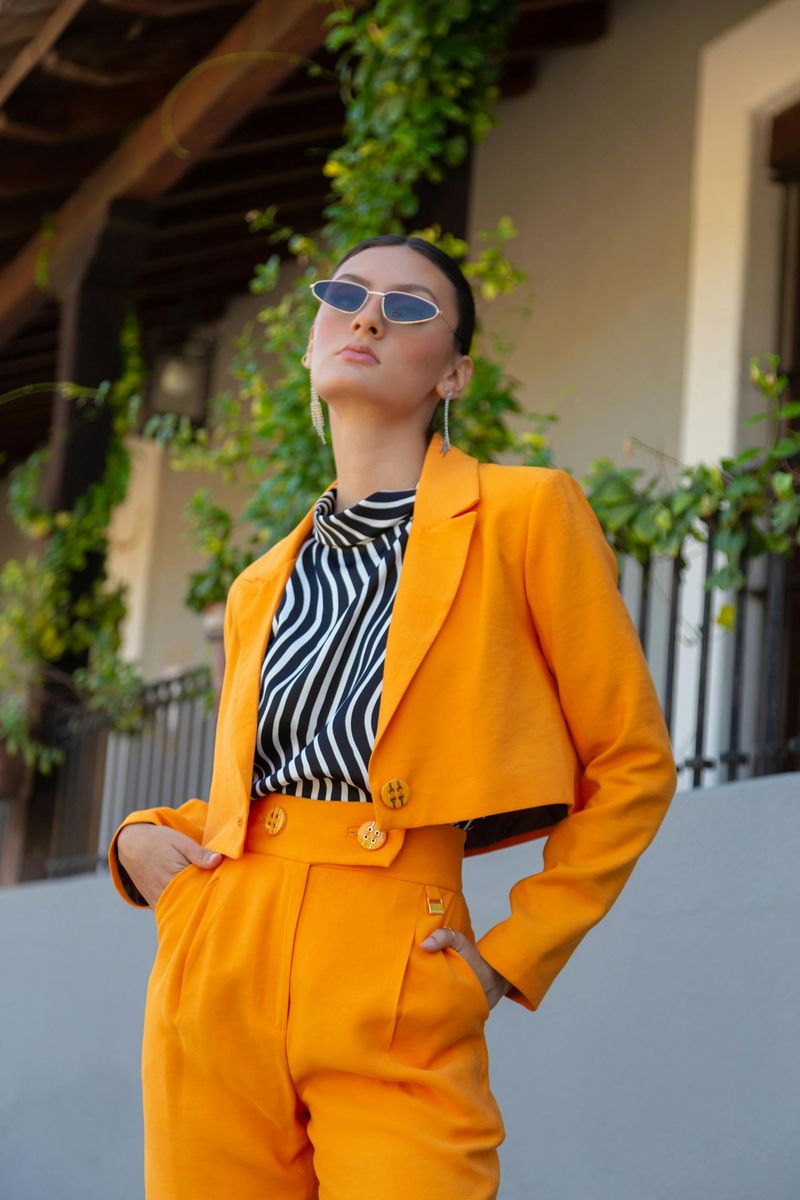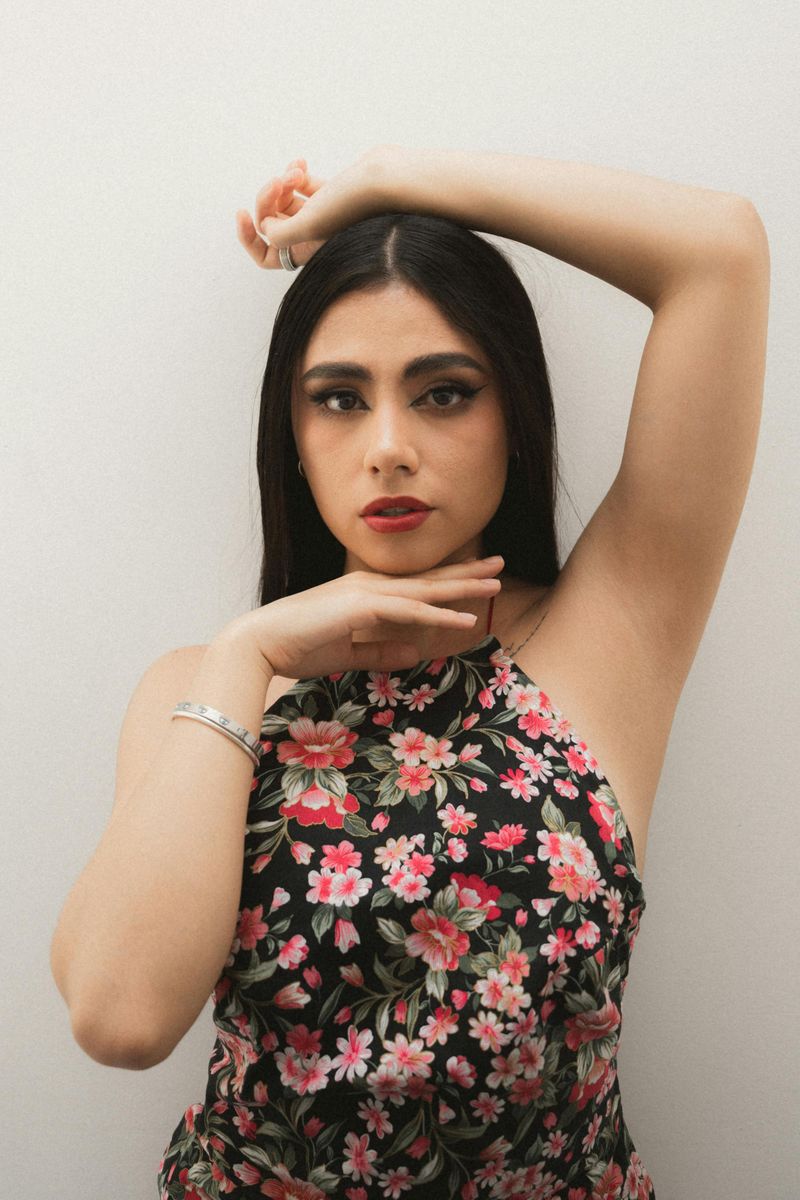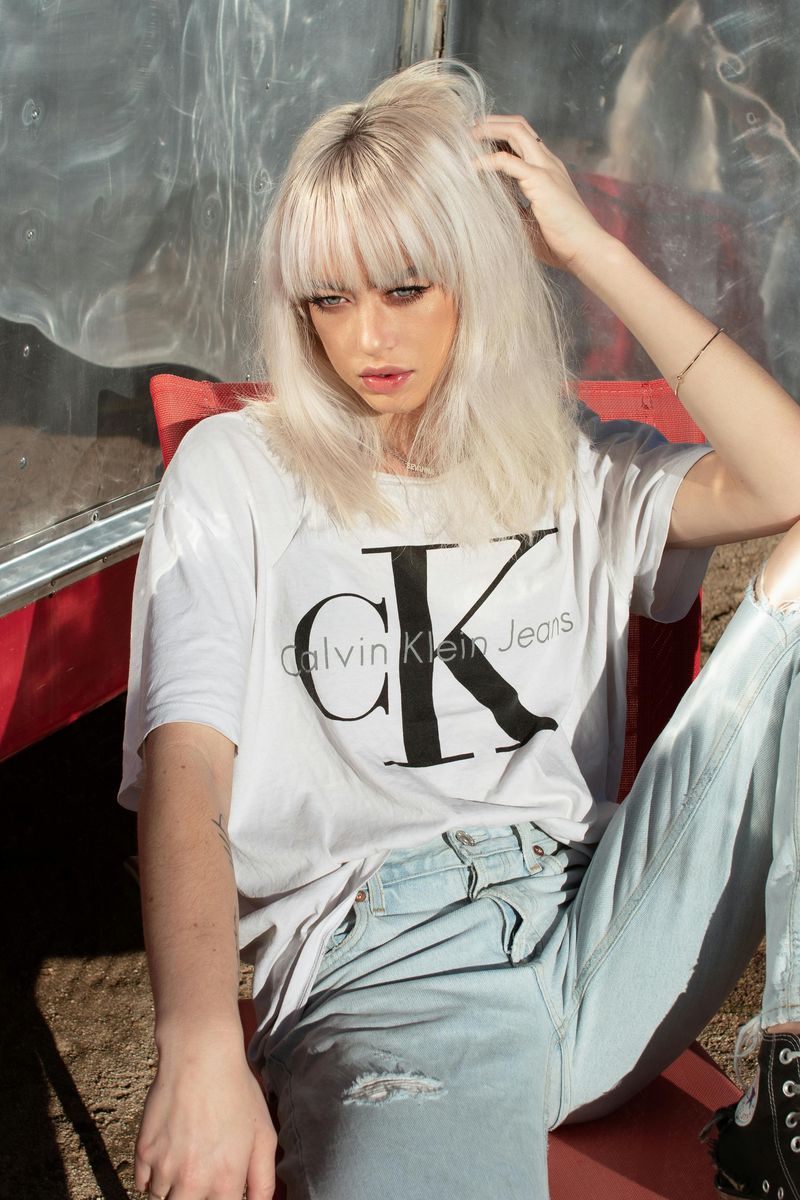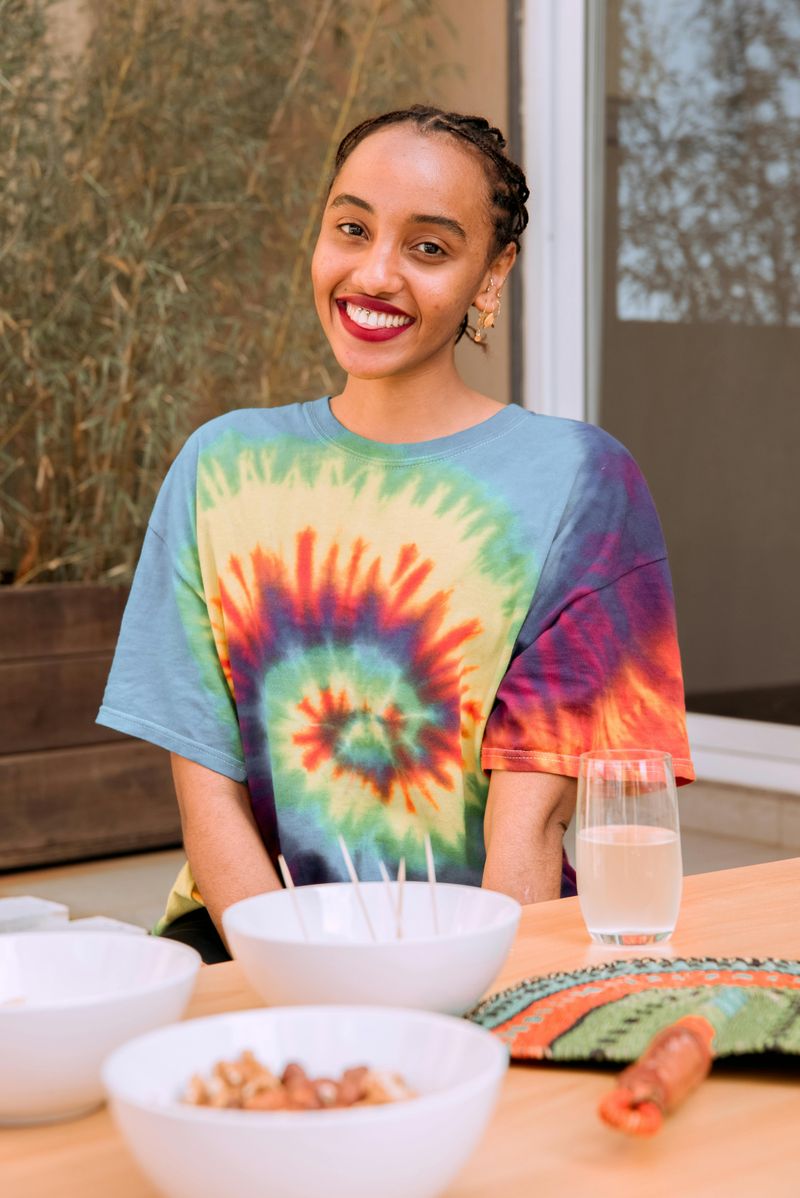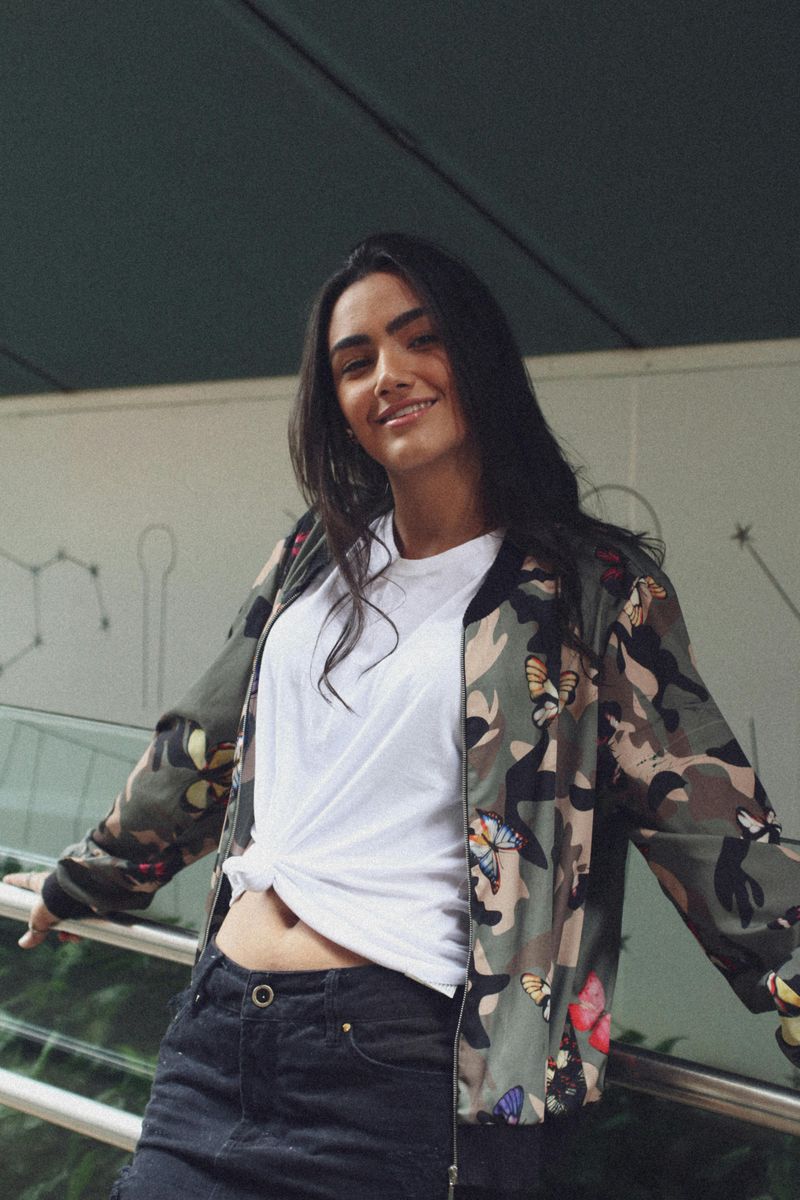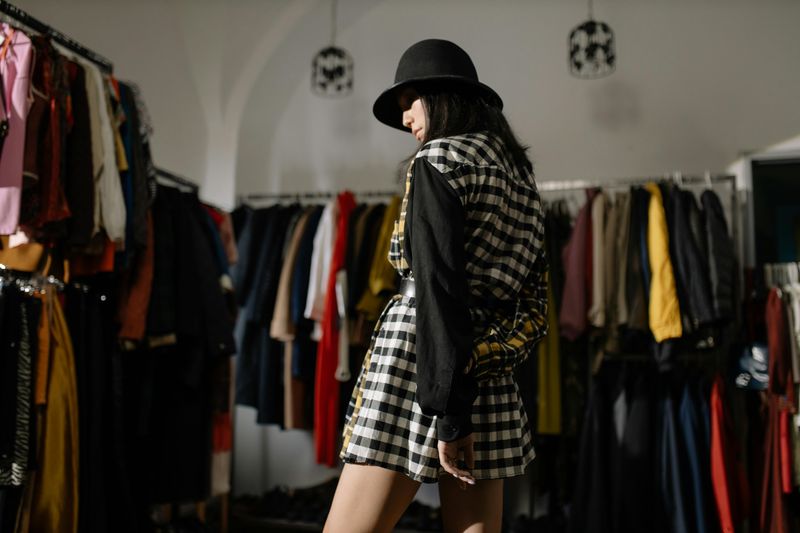Fashion evolves constantly, and what was once trendy can quickly become outdated. Just like hemlines and silhouettes change, the prints and patterns we wear also fall in and out of style. Savvy, fashion-forward women understand that some patterns now signal a dated look rather than a chic one. Here’s a rundown of ten prints that stylish women have quietly removed from their wardrobes.
1. Overly Busy Paisley
Remember those swirling, intricate paisley designs that covered everything from scarves to dresses? While once the height of bohemian chic, today’s fashion landscape favors cleaner, more streamlined patterns.
Modern style embraces simplicity and intentional design rather than the visual chaos that paisley often creates. The teardrop-shaped motifs can make outfits appear cluttered and overwhelming, especially when densely packed across the entire garment.
If you still love paisley’s curved elegance, look for updated versions with more negative space or oversized, singular paisley elements that feel deliberate rather than dizzying.
2. Tiny Polka Dots Everywhere
Those itty-bitty dots scattered across blouses and dresses had their moment, but they’ve since lost their sophisticated edge. Minuscule polka dots tend to create a visual effect that reads more youthful than refined—almost like confetti trapped in fabric.
Fashion-forward women have graduated to bolder interpretations of this classic pattern. Large-scale dots, asymmetrical placements, or abstract interpretations offer a more contemporary take without sacrificing playfulness.
The tiny dot problem isn’t about the pattern itself but its scale and application. When dots are too small and evenly distributed, they create a busy, dated impression instead of the graphic statement that modern style celebrates.
3. Heavy Damask Patterns
Damask once ruled both interiors and wardrobes with its ornate, symmetrical designs. The problem? These elaborate patterns now carry the weight of outdated formality, reminiscent of grandmothers’ curtains rather than contemporary fashion.
The heavy, wallpaper-like quality of traditional damask makes garments appear bulky and old-fashioned. The intricate scrollwork and floral motifs that characterize this pattern belong more on upholstery than on a modern woman’s clothing.
Today’s textile trends favor lighter, more organic patterns that don’t overwhelm the silhouette. When ornate elements do appear in current fashion, they’re usually reimagined with unexpected color combinations or deconstructed designs that feel fresh.
4. Cartoon or Novelty Prints
Those cute cartoon characters and whimsical novelty prints might spark joy at first glance, but they rarely spark style envy. Garments featuring obvious character prints or cutesy motifs instantly diminish the sophistication of any outfit, regardless of how well-tailored it might be.
Stylish women recognize that these playful patterns send unintended signals in professional and social settings. A Mickey Mouse sweater or a dress covered in emojis might be fun for casual moments, but they create an impression of juvenile taste rather than refined personal style.
The fashion-forward alternative? Artistic prints with subtle wit or abstract designs that convey personality without the cartoon-character baggage.
5. Zebra Stripes (Literal Version)
The stark contrast of traditional black-and-white zebra prints once dominated trendy wardrobes. Now they’ve galloped into the territory of fashion faux pas. Those harsh, high-contrast stripes create a visual effect that’s jarring rather than sophisticated.
Unlike more nuanced animal prints that have evolved with fashion, literal zebra patterns tend to look costume-like and dated. The boldness that once made them statement-making now makes them stand out for the wrong reasons.
Modern interpretations of animal patterns favor subtlety—think abstracted motifs, unexpected colorways, or scaled-down versions that hint at natural inspiration without screaming “safari theme.” These updated approaches maintain the wild spirit without the dated execution.
6. Excessive Floral Clusters
Those tiny, densely packed floral prints that once adorned dresses and blouses have wilted in the fashion garden. Often reminiscent of vintage upholstery or wallpaper, these busy little flower clusters create a fussy, outdated impression that lacks modern edge.
The problem isn’t flowers themselves—it’s the crowded, sweet arrangement that feels too precious for contemporary style. When every inch of fabric is covered in miniature blooms with no breathing room, the effect becomes overwhelming and old-fashioned.
Today’s botanical prints embrace negative space, oversized singular flowers, or abstract interpretations that feel artistic rather than quaint. Modern florals make a statement through thoughtful placement and scale rather than all-over coverage.
7. Obvious Logo Prints
The era of plastering designer logos across every inch of fabric has faded into fashion history. Those repeating monograms and brand insignias that once signaled status now often communicate the opposite—a dated approach to luxury and personal style.
Fashion-forward women understand that true sophistication comes from design quality and personal expression, not from acting as a walking billboard. The logo-covered handbags and garments that dominated the early 2000s now look flashy rather than refined.
Current fashion favors subtle branding—perhaps a small emblem or discreet signature hardware. When logos do appear in contemporary collections, they’re typically reimagined in unexpected ways or integrated so seamlessly they become part of the fabric’s texture rather than its focal point.
8. Tie-Dye in Neon Colors
Those electric blues, hot pinks, and lime greens twisted together create a visual that’s more music festival costume than refined wardrobe staple.
While tie-dye itself continues to evolve in fashion, the rainbow explosion version feels increasingly dated. The DIY aesthetic combined with eye-searing color combinations reads as trendy rather than timeless—exactly the kind of fashion trap chic women avoid.
For those still drawn to tie-dye’s organic patterns, modern interpretations offer more staying power. Look for sophisticated versions in monochromatic palettes, subtle earth tones, or shibori-inspired techniques that capture the artisanal spirit without the Day-Glo effect.
9. Camouflage Prints
Military-inspired camouflage once infiltrated everything from cargo pants to dresses. Its rugged appeal has since retreated from fashion’s frontlines, especially for women seeking a polished, contemporary wardrobe.
Traditional camo—with its chunky green, brown, and beige splotches—often creates a casual, utilitarian effect that clashes with more refined style elements. The pattern carries strong associations with outdoor gear and casual streetwear that can limit its versatility.
While fashion continuously reinterprets military influences, sophisticated dressers typically avoid literal camouflage in favor of more subtle references. When military inspiration does appear in chic wardrobes, it’s through structured silhouettes, utility details, or reimagined patterns that nod to the original without mimicking hunting gear.
10. Checkerboard Prints
The stark black-and-white checkerboard pattern once seemed like a bold, graphic choice. Now it often appears more like a visual shortcut to looking costume-like rather than fashion-forward. Those perfect squares create a rigid, flat effect that lacks the nuance modern style embraces.
The problem with the traditional checkerboard lies in its predictability and harshness. The high-contrast grid can overwhelm an outfit and date it immediately, calling to mind everything from racing flags to diner floors.
Stylish alternatives include irregular checks, textured plaids, or asymmetrical grid patterns that maintain geometric interest without the visual cliché. These updated interpretations offer the graphic punch of checks while feeling more intentional and sophisticated than their checkerboard predecessor.

